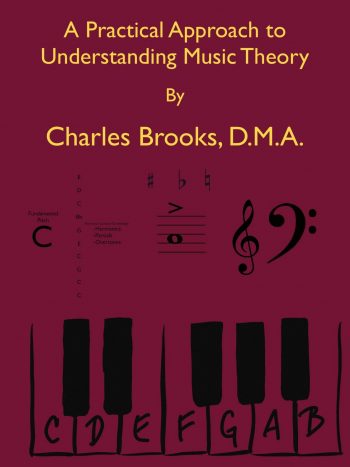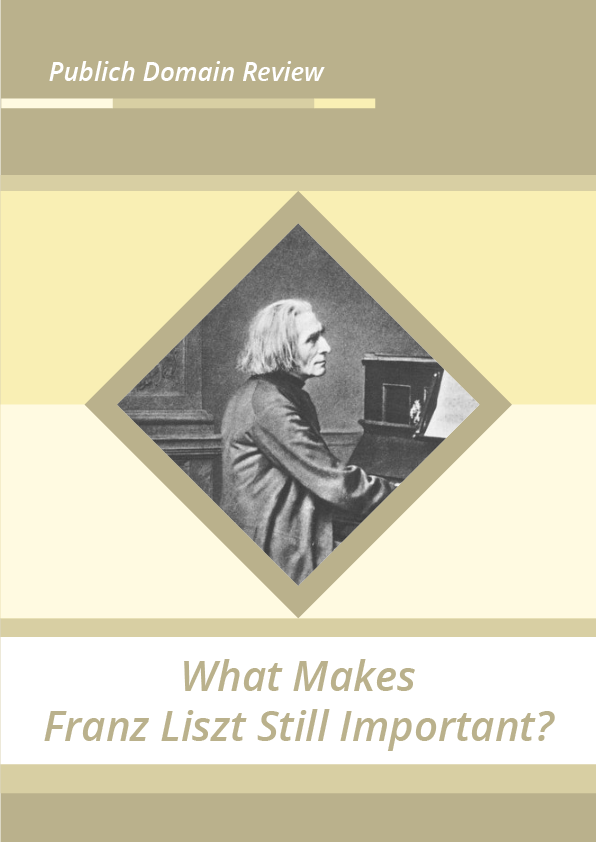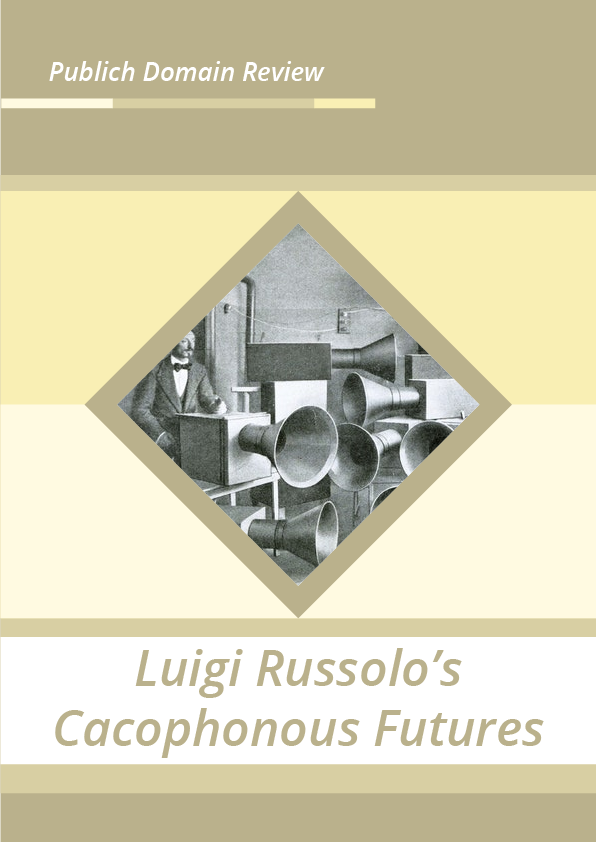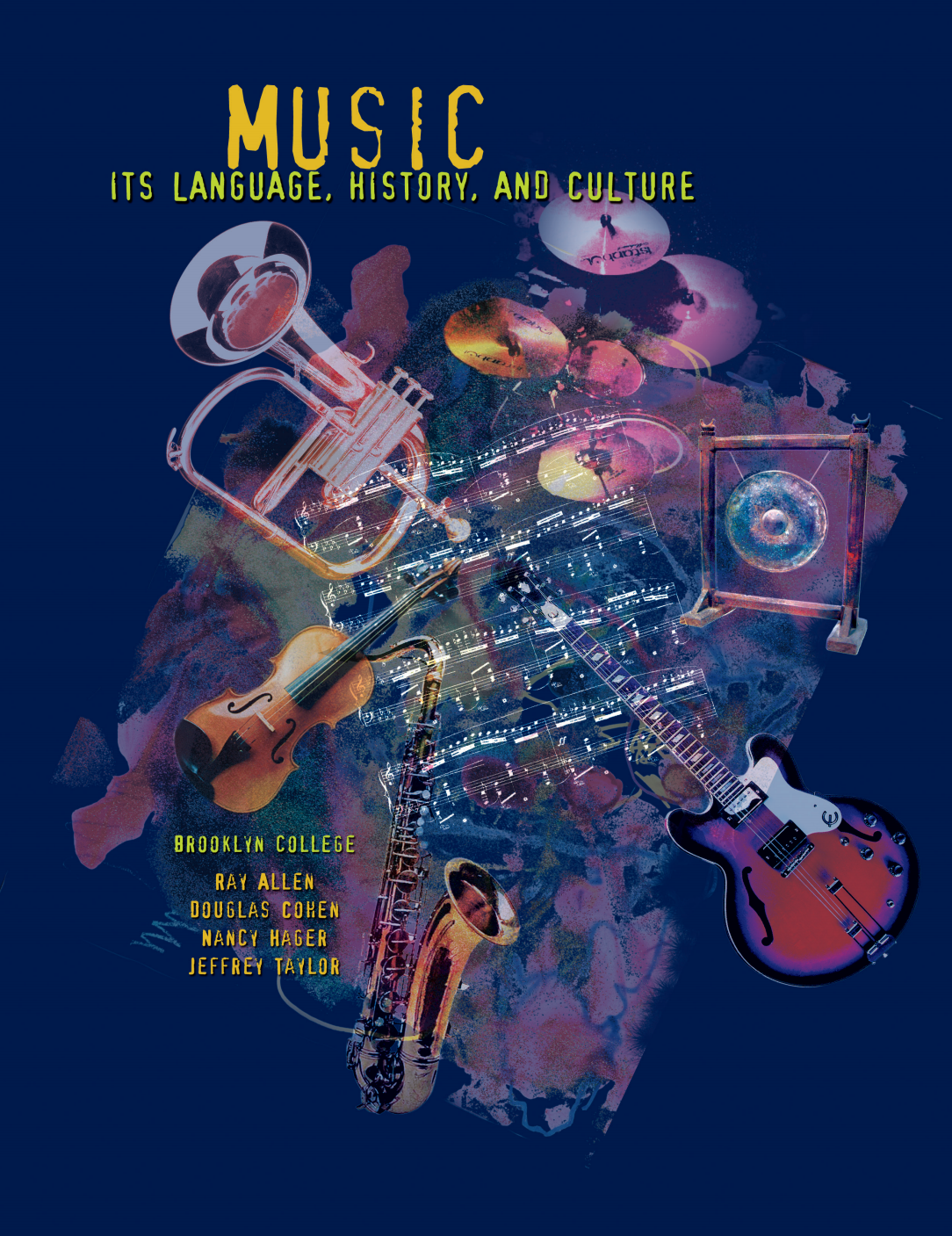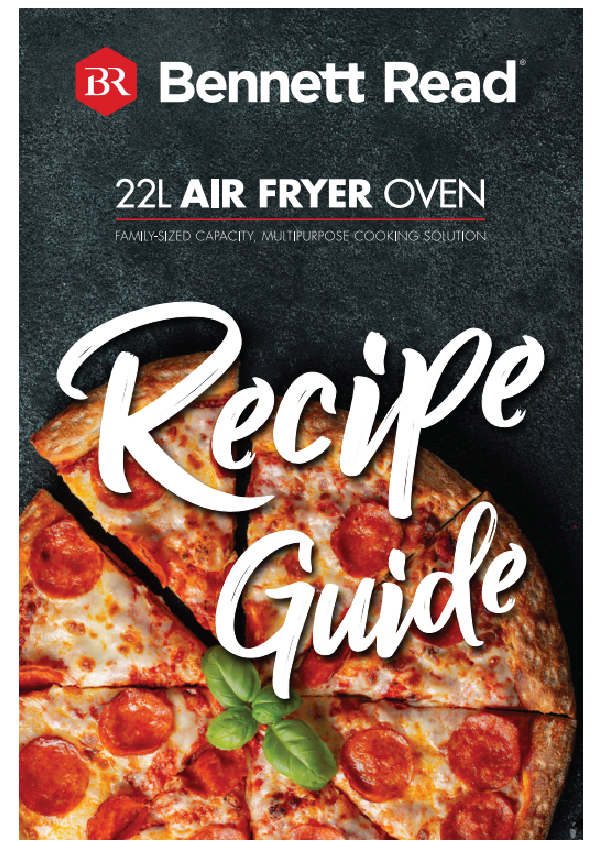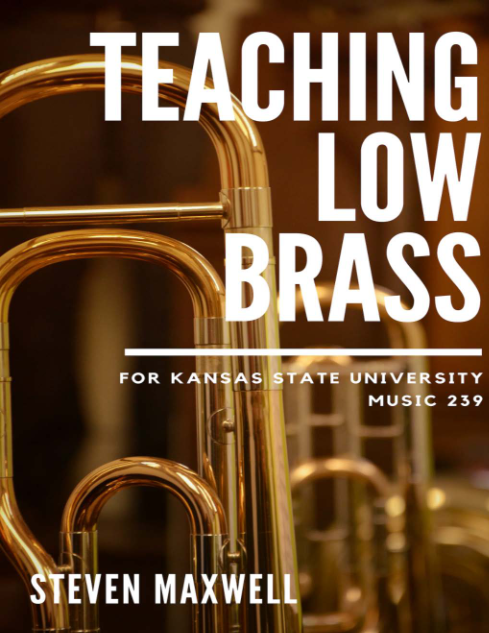Since I can remember I have been around music. My father played professionally and taught high school band, which thrust me into older musicians’ learning trajectories. This crossing of paths had a profound effect on my social behavior and learning patterns. At age 5, I began to play the drums and a little piano. We had mini jam sessions during these early years, my brother included. By the time I reached “band age” at grade school I had already experienced complex, musical situations many high school students would not encounter unless they sought out private instruction. Due to these experiences, my father moved me around the band on various instruments. This became a mode of operation later if we had weak sections that needed reinforcement. I would act as a type of “rover” and play that instrument to help fill out the sound of the band. I literally played a different instrument each semester until I reached high school.
In addition to my unique school experiences, I have performed music as a paid professional starting at 15 years of age. By the time I graduated high school, I already had my own private percussion studio. From the moment I began my musical journey, I operated as a freelance musician performing in any group that needed a drumset player, hand drummer, keyboards, and in some rare instances, as a bassist. Still do.
My college education gave me a plethora of invaluable experiences impossible to find in any other area of music study. During my undergraduate career, I directed seven high school drumlines with full battery and pit percussion. This responsibility gave me experiences with writing music for the full range of percussion used in marching band and with teaching students of varying ability levels to read and play their specific instrumental parts. These opportunities also put me in classroom situations earlier than most education majors which I believe strengthened my teaching skills. Earning an assistantship at my graduate institutions exposed me to more diverse teaching situations but at the collegiate level. As part of my assistantships, I taught classes in Music Theory to non-music majors, Music Theory for Music Education and Performance Majors. Experience teaching high school and college students widened my breadth of knowledge to help me understand how to reach people through music theory regardless of their background or skill level.
Through all of my studies, I actively pursued composition. My first lessons came to me as a freshman in college from Senior and Graduate level composition students who were kind enough to let me bug them. Eventually, I moved into the formal academic study of composition. This is where my understanding of theory took a turn, for when I realized my first pattern I began to unravel all sorts of patterns in all the music put in front of me which means I was able to learn it quicker and sight-read faster than most of my colleagues.
After 20 years of teaching music to middle school students, high school students, college students, and some professionals, I find that almost all people who take up music be it a hobbyist, a professional, or even an educator have issues understanding music theory as a form of study. Music is a language and learning how to use a new language is very difficult. Many musicians wind up quitting music altogether because of the perception that understanding music theory is mysterious and daunting, far too daunting to unravel.
The fact is this is just not true. When stripped down to its bare essentials, the building blocks of music can be very straightforward and easy to understand. So, that’s what this book is going to do, give you music theory in a way that’s accessible. This method will follow a spiral-learning model in order to introduce theory to the reader. This means that we will start with a basic, easy-to-understand concept and slowly add to that, one piece of information at a time. This allows the student to learn to read and understand music at a pace with which the brain can contend in real-time. Organizing the material in this method means that a novice who has no experience at all can start at the beginning and begin to learn the secrets of music construction. In addition, the book is laid out in a specific order so that experienced musicians can also use it as a resource manual to teach in the classroom or applied lessons. To really understand an artform one must strip away what they think they know and be ready for new information. Breaking music down into its individual parts for study and manipulation will make the student a better musician altogether whether it be on the page or on the stage.
Technical Skill
Using the basic building blocks of music theory to create an original composition is hard. It takes patience and study to become a good technician. In order to do that, one must be familiar with the genre of music that is required and have a command over Section I of this book. The first section outlines the basics of music construction. Section II will begin to introduce more advanced concepts like melody and scale construction. These concepts can be daunting at first. Go slow and give yourself the time to absorb the information so that it sticks. Section III focuses on using rhythm to enhance musical communication. Section IV, Putting it all together will give the student further guidance on how to use this text and eventually begin to design their own exercises. In order for the information to stay with the student in a meaningful way, then they must learn to practice deliberate repetition to internalize the focus of the practice session. In this model, there is always room for musical and intellectual growth. Growth and evolution as a musician is important in creating great art on a consistent basis.
